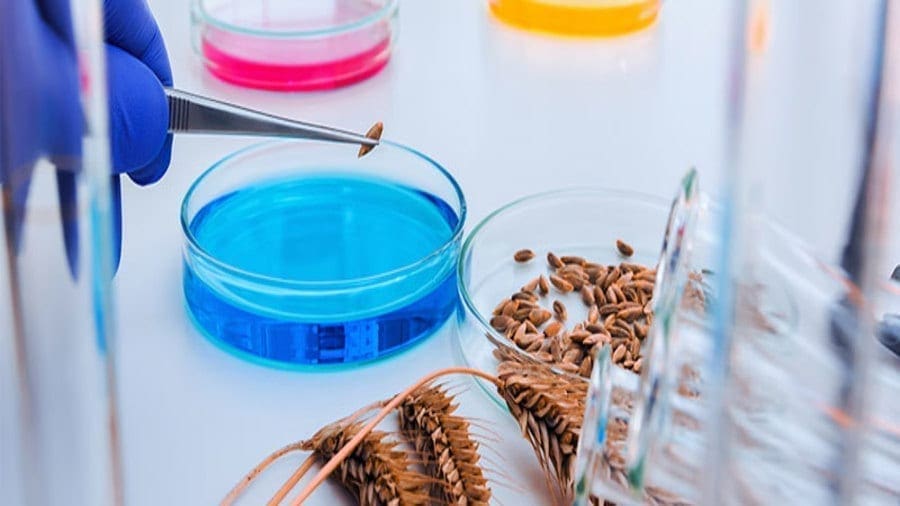IRELAND – The Food Safety Authority of Ireland (FSAI) has developed a new DNA scanning tool that identifies the entire DNA content of food with an aim to fight food fraud.
The tool can identify all the ingredients and their biological sources in a food, thus helping regulators and consumers fight food fraud as well as misleading labeling.
The prototype was developed by FSAI in partnership with IdentiGEN, an Ireland based commercial laboratory providing DNA Based analysis and diagnostics.
The two-year project involved adapting a relatively new DNA sequencing technology known as “next generation sequencing”, so that it could be used as a DNA scanning tool in food.
Regulators can now identify the actual ingredients used in food preparation compared to package and labelling declarations.
“Even with the restriction of having to target the DNA of certain plant or animal species in previous studies, the FSAI has been able to detect food allergens and GMOs and demonstrate the mislabelling of fish products.
“Of course, targeted DNA analysis was also the method used by the FSAI in discovering horsemeat in beef products, which ultimately brought the global awareness of food fraud to a new level,” said Dr Pat O’Mahony, Chief Specialist, Food Science and Technology, FSAI.
FSAI has successfully used the Next Generation DNA Sequencing (NGS) to screen 45 plant-based foods and food supplements from Irish health food shops and supermarkets.
The methodology applied looked for the presence of all plant species in the selected products and identified 14 food products of interest that may contain undeclared plant species.
14 products were declared for further investigation, and one of them was found to contain undeclared mustard at significant levels.
EU and Irish food regulations includes mustard among 14 food allergenic ingredients that must be declared in all foods.
Oregano, a culinary and medicinal herb from the mint, or Lamiaceae family was found to contain DNA from two undeclared plant species, one at significant levels.
“Being able to scan the entire DNA content of a food means that it will be difficult to substitute or hide an ingredient of biological origin without it being detected.
The plan is that in the future, the FSAI will apply the same technology for the screening of meat, poultry and fish products,” added Dr O’Mahony.
The FSAI hopes to apply the same technology to the screening of meat, poultry and fish products in the future.










